Tiger-Tail Seahorse – Captive-Bred
$99.99
-
Select Variant
This stunning Captive-Bred species is black and yellow in appearance and has stunning marks around the eyes. They are spotted with numerous stripes and marks that are blotchy, giving them great camouflage.
To achieve the best results, seahorses need to keep in an individual only tank for species that is 30 gallons or greater with several Gorgonians that they can grasp using their long tails. If the tank is not equipped with Gorgonians or plastic plants, they can be substituted. The Seahorse Tiger-Tail reacts badly when confronted by more aggressive fish like gobies, blennies, tobies, wrasses and porcupinefish.
Captive-Bred seahorses can breed quickly in aquariums once they reach maturity. Males will be the ones to carry the newborn for around 3 weeks. At that the time when they are let out into the sea. Set up a separate aquarium that has living rocks for the newly Sea Horses born. Feed them fresh newly hatched brine shrimp with vitamin enrichment.
A Tiger-Tail Seahorse is an inscrutable and deliberate feeder, which means that swift, aggressive fish can compete with it for food. Seahorses generally get along with pipefish. However, they are a little more efficient eaters than seahorses and might not leave enough food. Seahorses that are Captive-Bred are used to eating frozen mysis shrimp, which are recommended to be served to them at least two times every day.
Approximate Size of Purchase Small 1-1/2" up to 2" Medium 2" up to 3"
- Description
- Additional Information
- Reviews
General information on Maricultured TigerTail Seahorse
This Tiger-Tail Seahorse is Maricultured in Vietnam and is found in Soft coral reefs in Malaysia. It is a stunning species that is either yellow or black in appearance, with beautiful markings on the eyes. Males from this breed are typically times black, while females tend to be yellow. They sport a variety of streaks and blotchy marks, giving them a great camouflage. To get the most effective results, seahorses need to keep in an individual small or large-sized, species-specific tank, with many Gorgonians that they can grab by their long tails. If the tank is not equipped with Gorgonians the plastic plants could be substituted. The Seahorse Tiger-Tail reacts badly to being spooked by aggressive fish, such as gobies, blennies, tobies, wrasses and porcupinefish.
size
Large, Medium, Small
Units
1
Weight
6 lbs
Dimensions
1 × 1 × 1 in

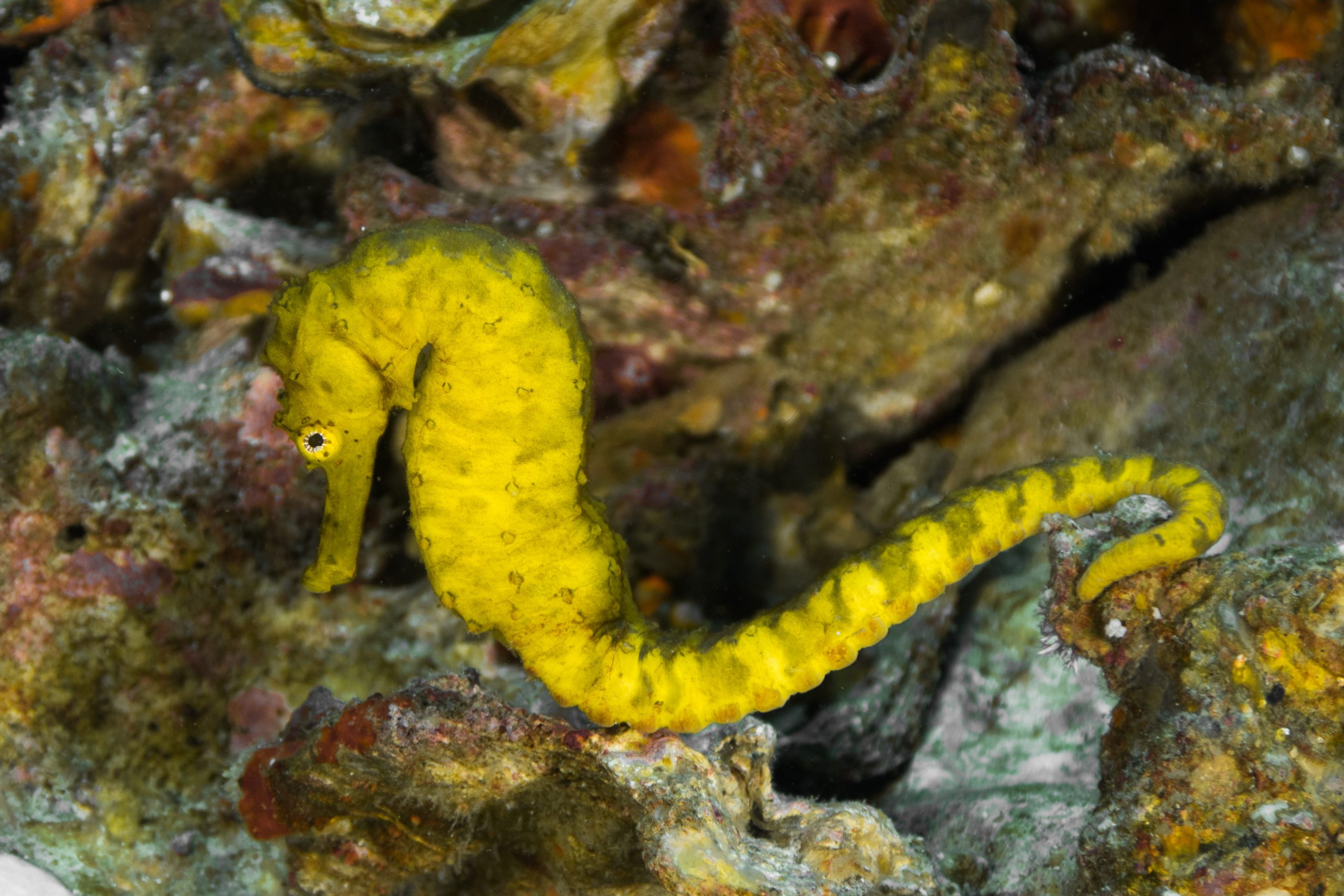
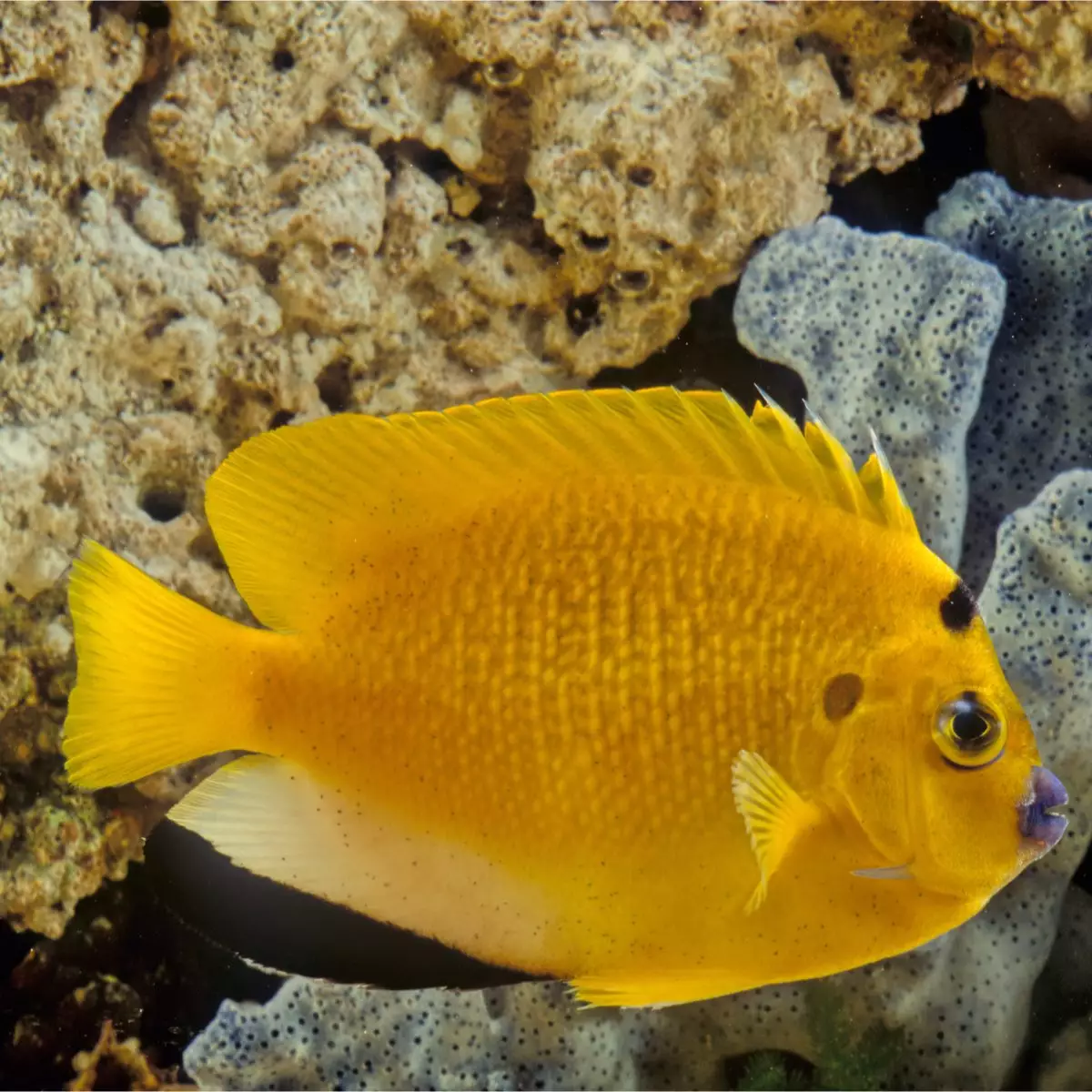
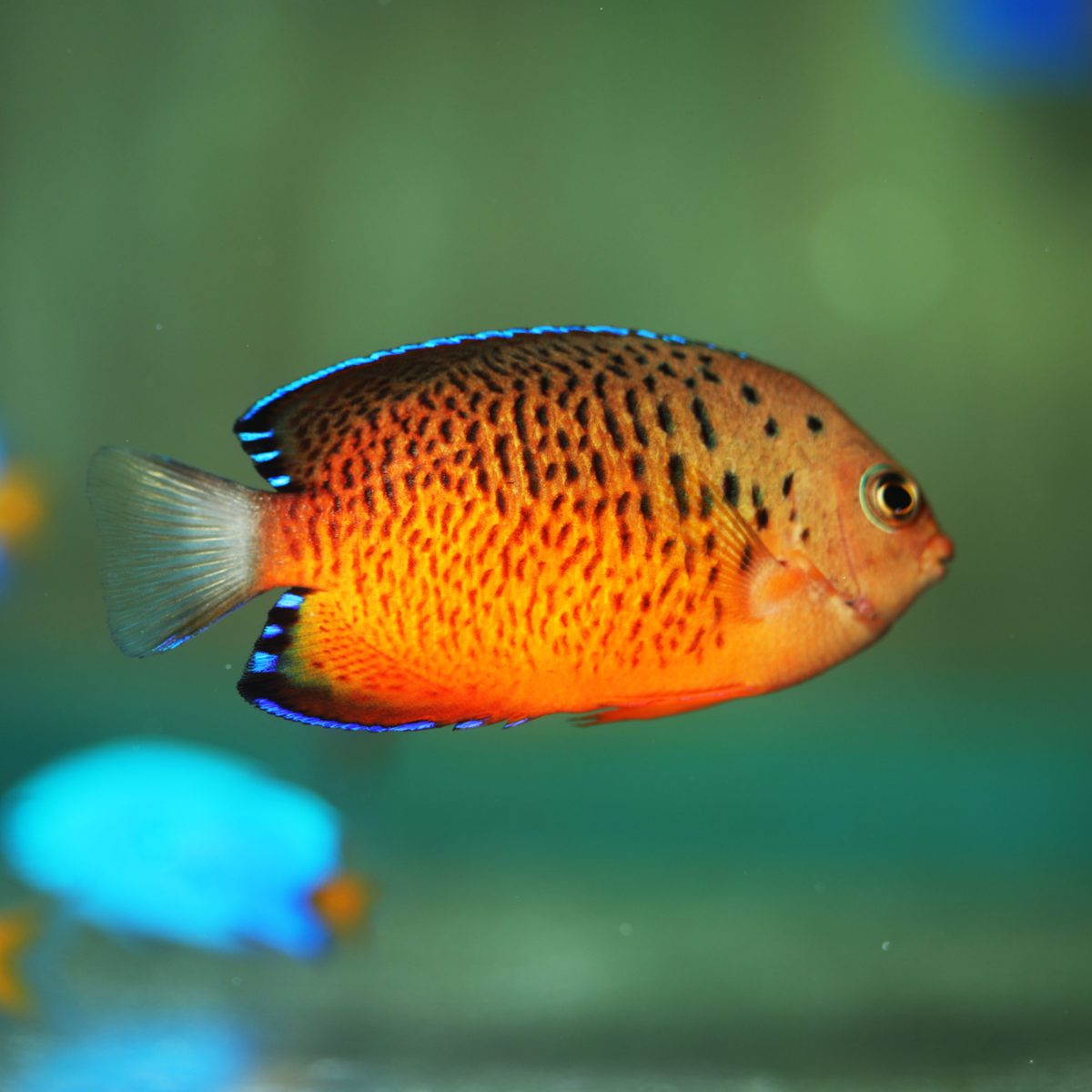
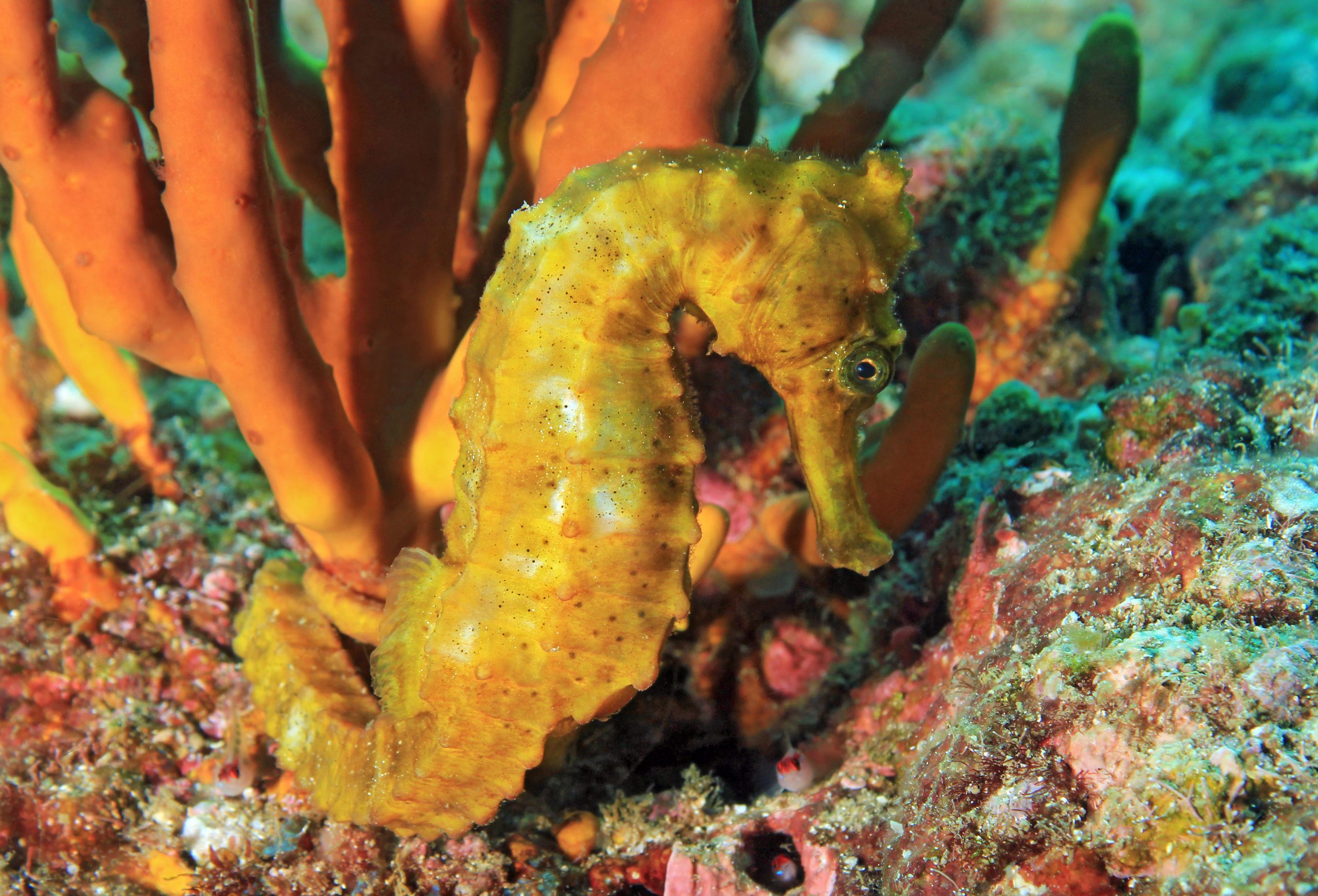
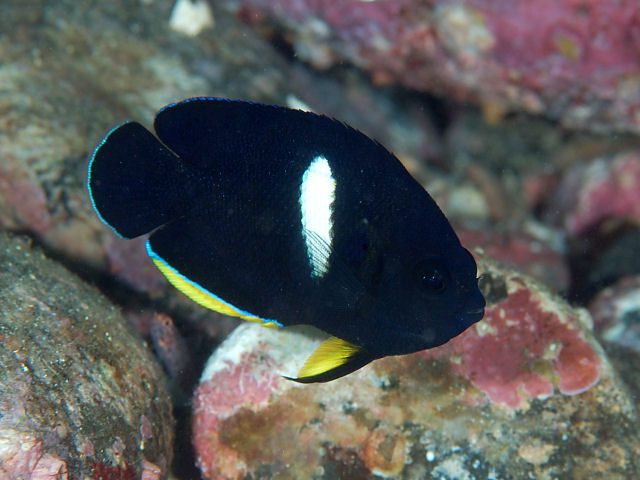

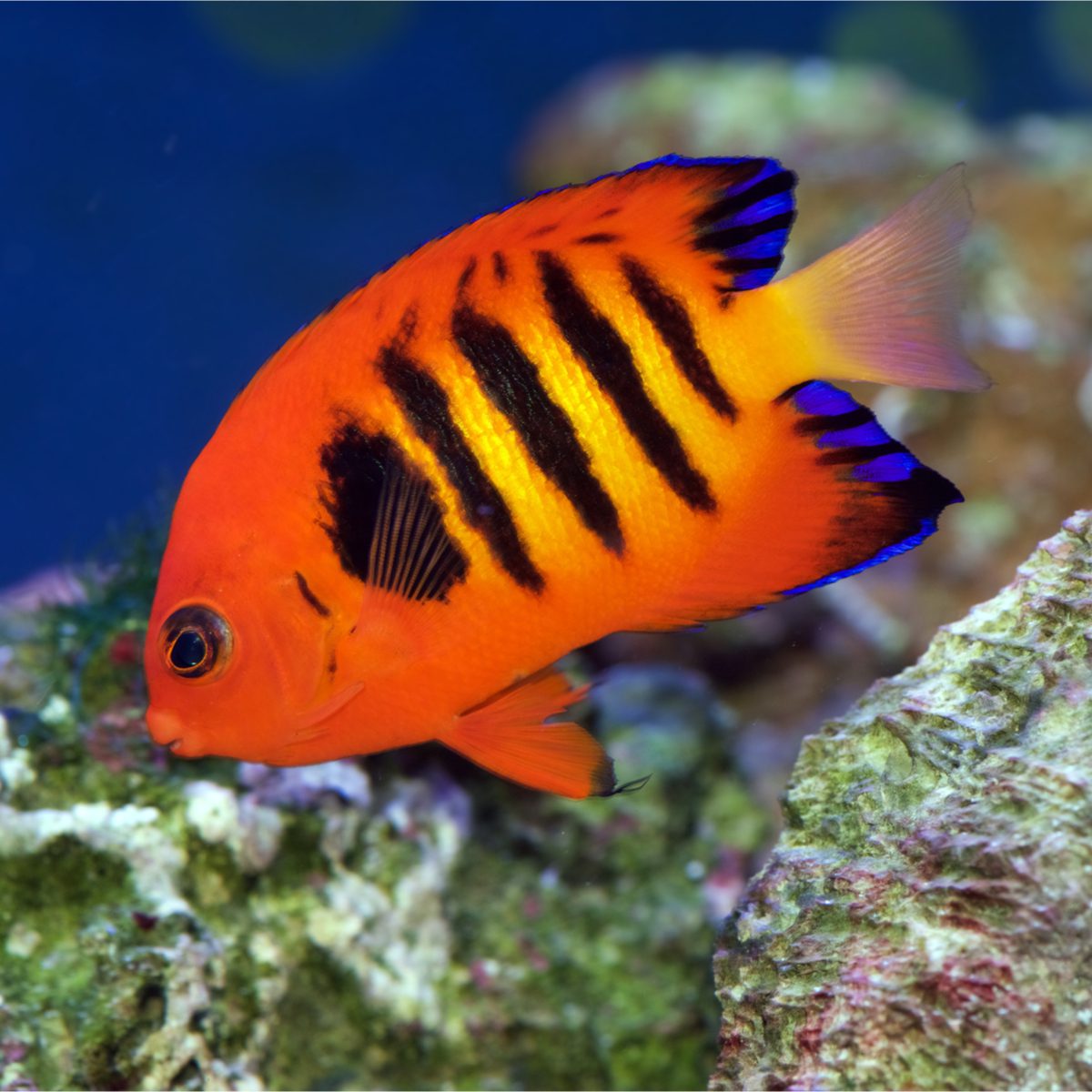
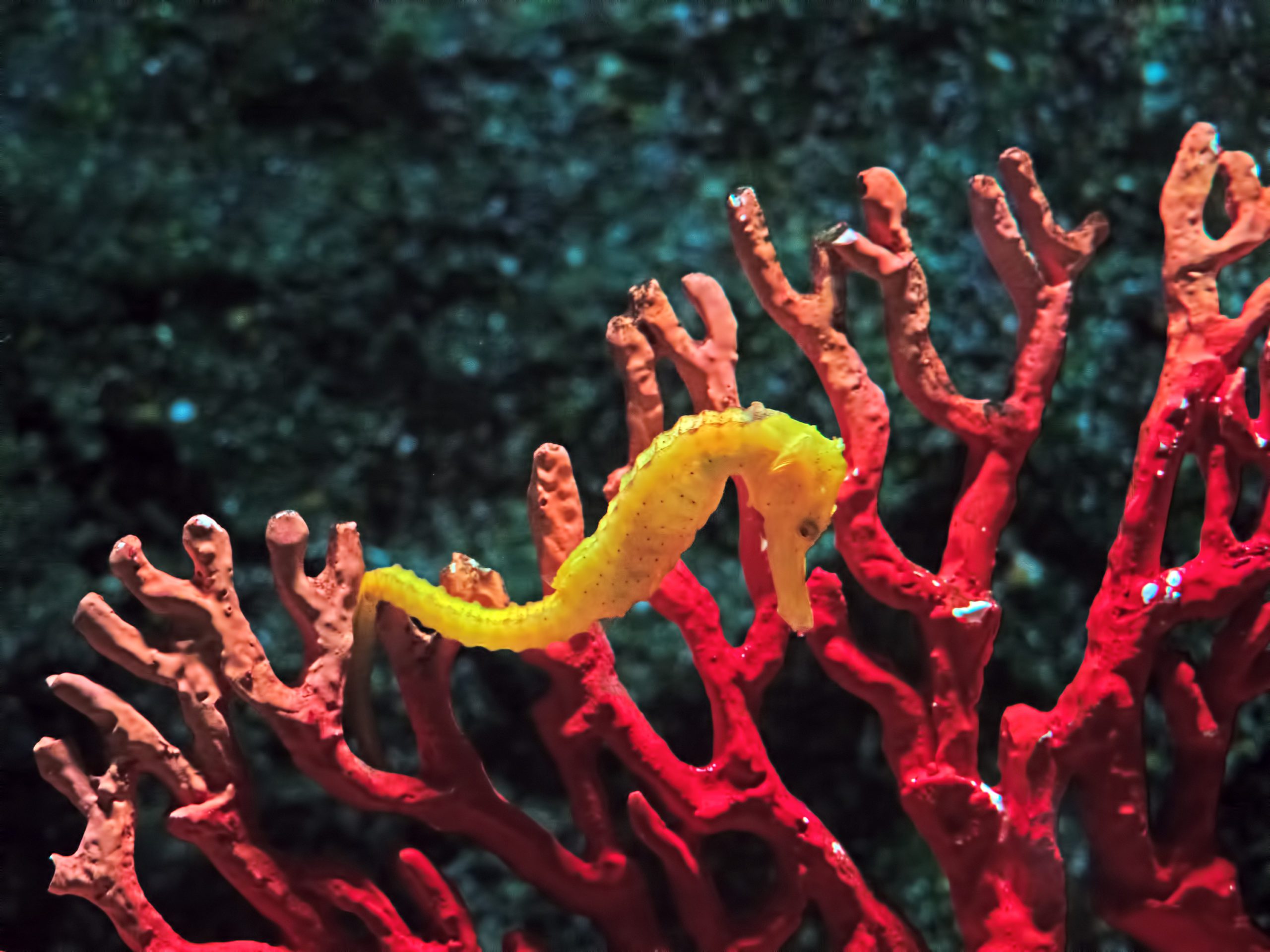
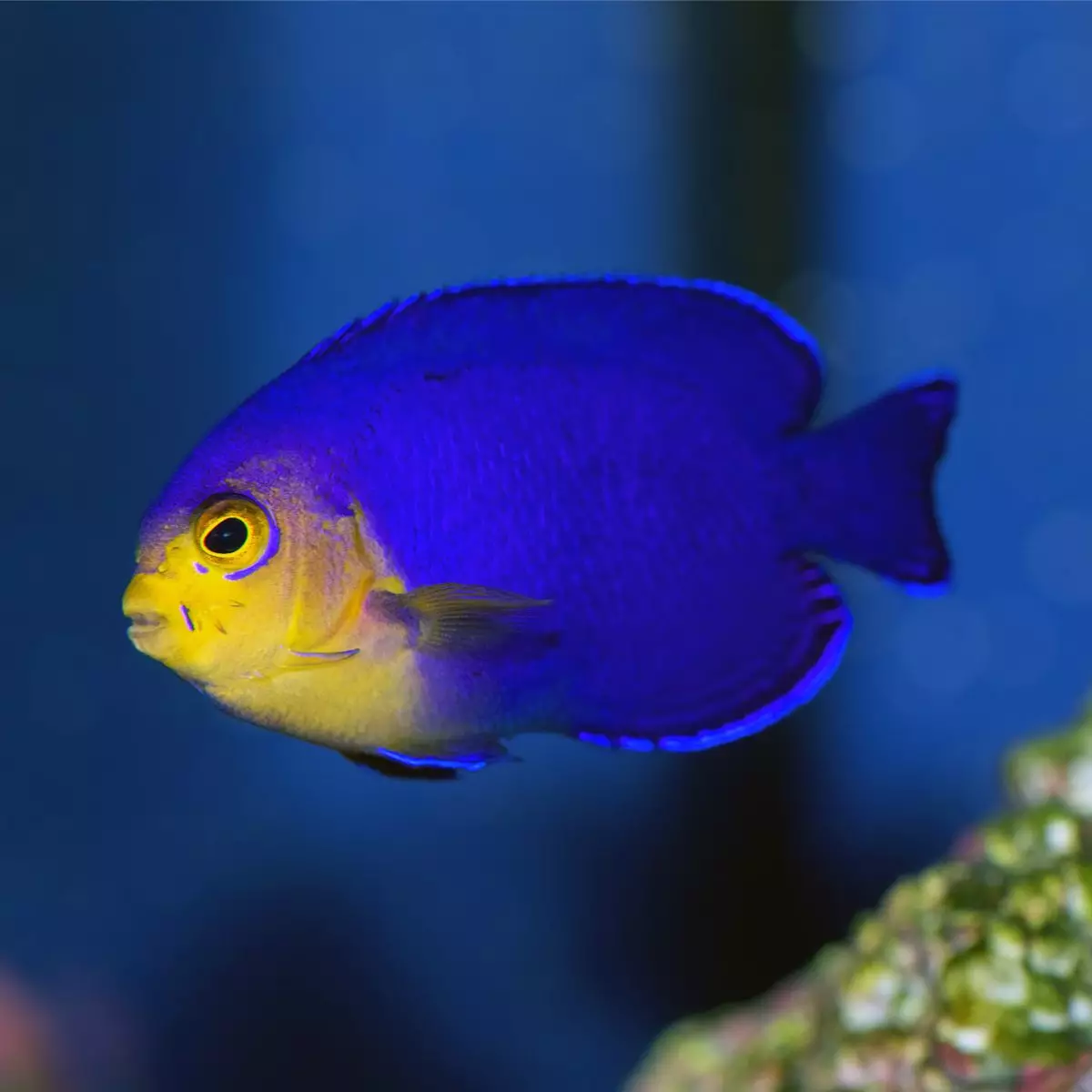

Reviews
There are no reviews yet.